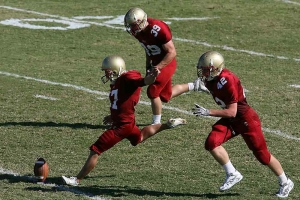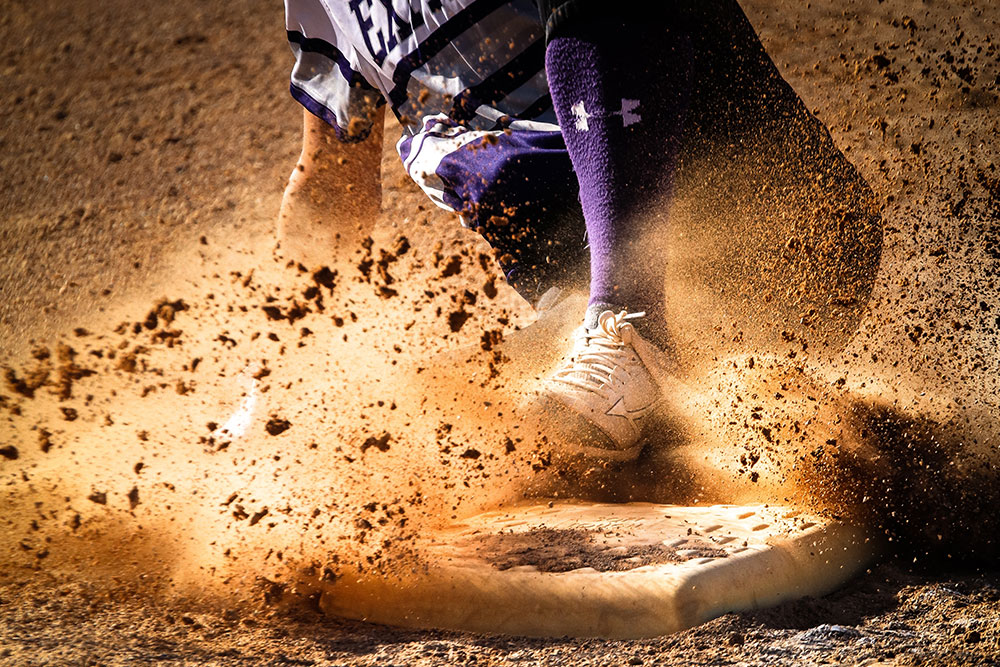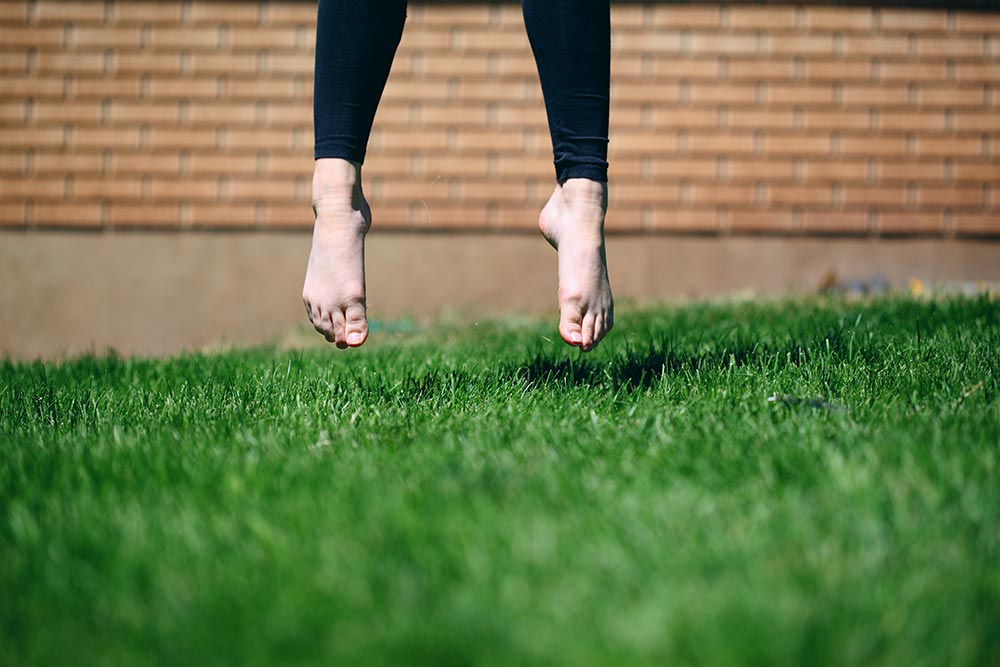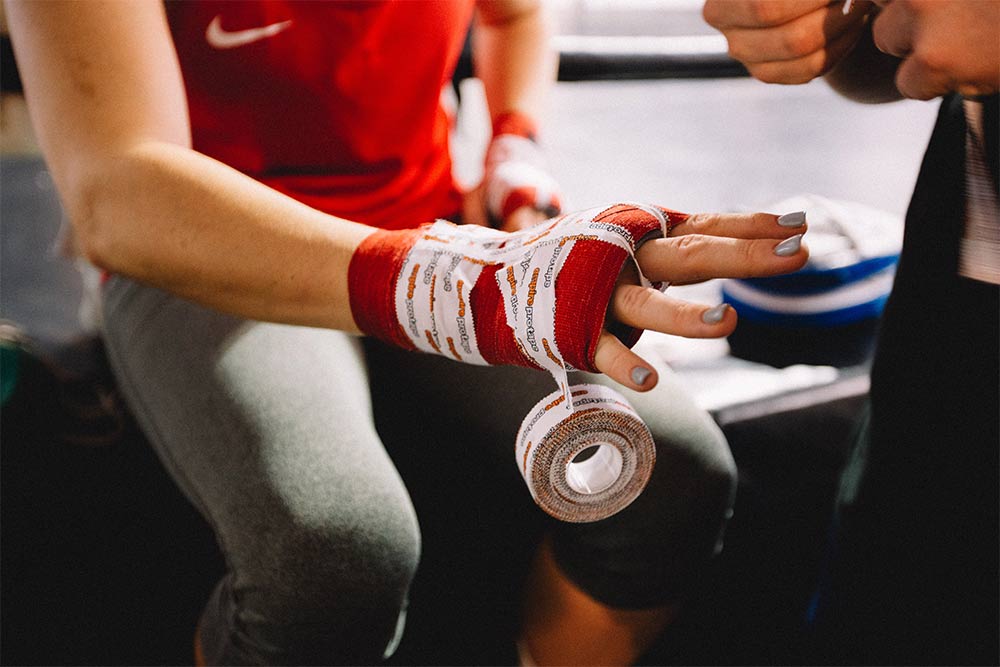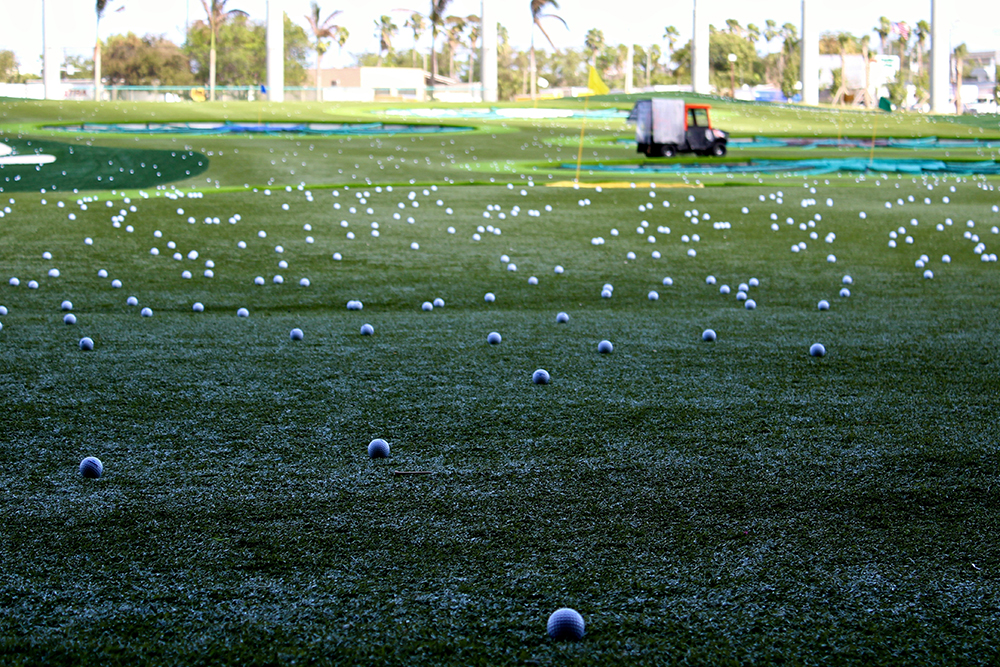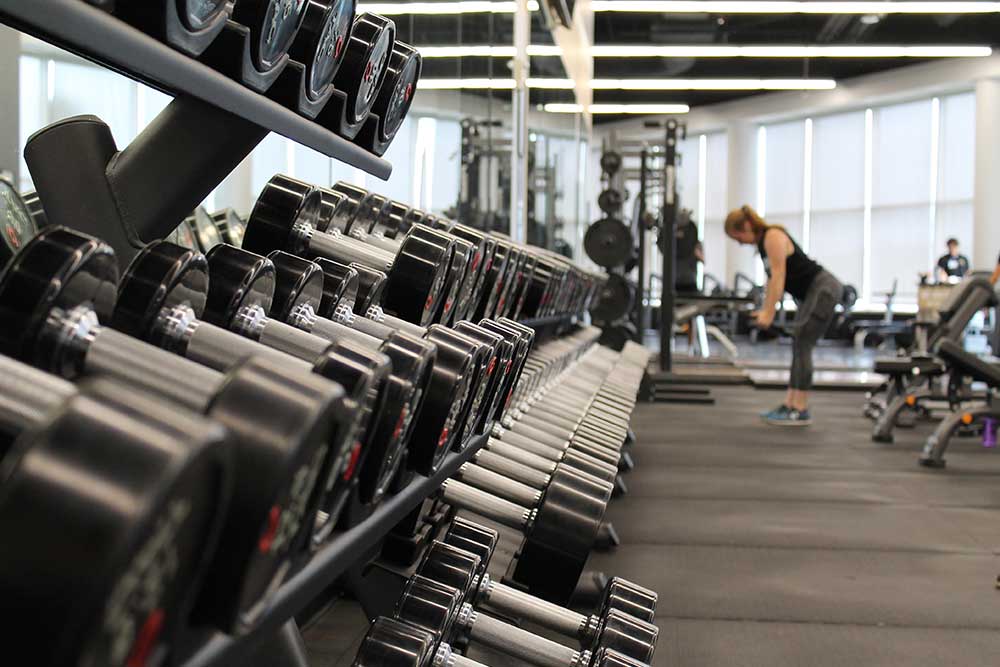Gender differences in sport injury risk and types of injuries

As good as it is, sports are an undeniably dangerous activity.
I mean, most of us who compete in any type of sport know that to be successful you need to push your body to the absolute limits. You need to train hard on a near-daily basis, and then compete at an intensity few people can fully understand.
It is for this reason that injuries in sport are simply a part of the game.
But what if I were to tell you that there is a significant difference when it comparing female sports injuries to male sports injuries?
Well, there is – and that is exactly what we will be talking about today.
Most common sports injuries in females
First and foremost, I wanted to touch on some of the most common sports injuries in females.
At first glance, many would expect that women and men would be likely to experience the same types of injuries, especially when we assume that they are playing the same sport. However, research has consistently shown that this is not always the case.
In fact, evidence suggests that no matter what sport they are playing, female athletes tend to be at a higher risk of bot ankle injuries and knee injuries than their male counterparts (Ristolainen, 2009).
And within this, we can confidently same that the most common female athlete injury is the dreaded anterior cruciate ligament (ACL) tear.
Knee injuries in women and men
Yep, when it comes to developing acute knee injures (and in particular, ACL injuries), female athletes are thought to be somewhere between 4 and 6 times more likely than their male counterparts who play the same sport (Hewett, 2005).
Yep, you heard that right – in short, female athletes are around 5 times more likely to suffer an ACL tear.
That is a simply absurd statistic.
Why are women more prone to these injuries?
So why in the world are women more prone to ankle and knee injuries?
It appears to come down to a combination of three distinct factors, being female anatomy, biomechanics, and hormones (Ireland, 2016).
From an anatomical perspective, females have a key structural difference within their pelvis when compared to males.
See, female athletes have much wider hips than their male counterparts. This means that the angle in which their femur meets the knee is much sharper. This alone causes a significant increase in load through the ligaments of the knee and ankle.
Biomechanically, these anatomical variations also cause some issues during landing and change of direction tasks.
Upon landing, women are much more likely to see wither their knee collapse into valgus, or their ankle to collapse inwards (into inversion), as their feet make contact with the ground. This again places the ligaments under excessive amounts of stress, which can result in injury.
Not ideal…
Finally, females have a significant different hormonal profile than men. This is typified by higher levels of the hormone’s relaxin, estrogen, and progesterone – all of which can lead to an increase in ligament laxity.
As I am sure you can imagine, this obviously increases the risk of ligament injury occurring.
Which gender is most at risk for injury?
Obviously, when we are looking at both sports injuries and sports re-injuries, we can see what injuries females are more likely to incur.
However, what we haven’t answered is which gender is more prone to injury?
And this is where things get damn interesting (well, I think they do).
See, while women tend to be at a greater risk of these key joint injuries, there doesn’t appear to be a significant difference between absolute injury rates between genders (Sallis, 2001; Ristolainen, 2009).
This is because as a rule of thumb, males tend to be at a much higher risk of developing thigh injuries than female athletes. These types of injuries can include:
- Corked thighs
- Hamstring strains
- Quadriceps strains
- ITB syndrome
As a result, the total injury rates between males and females of comparable sports end up being about the same.
Hormonal changes during the menstrual cycle and injury risk
When talking about the differences in gender injury rates, it would be silly not to touch on the impact of the menstrual cycle.
The menstrual cycle is essentially comprised of two key phases (Frankovich, 2000):
- The follicular phase (FP)
- And the luteal phase (LP)
The FP lasts from day one of the menstrual cycles until ovulation, while LP lasts for the 14 days the follow ovulation. Using a ‘normal’ 28-day cycle as an example, FP will last from days 1-13, ovulation will occur on day 14, and LP will last from days 15-28.
Now it is important to note that FP can also be split into two sub-phases:
- Early FP and,
- Mid FP.
Early FP is characterized by low concentrations of the two hormone’s estrogen and progesterone, while mid FP is characterized by high levels of estrogen and low levels of progesterone.
Alternatively, the LP is typified by high levels of both estrogen and progesterone.
The primary reason that we are interested in these hormonal fluctuations comes down to the menstrual cycle and ligament laxity (Lefevre, 2013).
See, low levels of estrogen and progesterone have been shown to increase ligament laxity.
As a result, females are more susceptible to ligament tears (such as ACL tears and ankle injuries) during the FP of the menstrual cycle (Herzberg, 2017; Chidi-Ogbolu, 2018).
You may also like: The Risks and Causes of ACL Injury and How You Can Prevent Them
What women can do to avoid injuries
What can female athletes do to prevent these injuries from occurring?
In my mind, it comes down to three main things:
- Increase leg strength
- Develop core strength
- Improve jumping and landing ability
Leg Strength
When it comes to enhancing lower limb joint stability, increasing leg strength should be your first point of call.
I would first recommend training the quadriceps, hamstrings, and gluteal muscle groups in isolation. This ultimately ensures that they have the base level strength required to maintain good lower limb alignment during jumping and change of direction tasks.
From here, make sure you start to integrate this strength to move complex movements that challenge these muscles in a way that replicates jumping and landing. Squats, lunges, split squats, and deadlifts are the best options here.
Core Strength
There is clear evidence to suggest that those individuals with less core strength are more likely to experience injuries than those with more core strength.
With this in mind, placing a premium on the development of your core strength is a must.
This will have an immediate impact on your balance, stability, and neuromuscular control, while also enhancing your ability to absorb and distribute force during athletic movement tasks.
Some of my favorite exercises are planks, dead bugs, bird dogs, and cable rotations.
Jumping and Landing Ability
Finally, with this increased strength, you also want to improve your ability to land and jump – which can be done through plyometric exercises.
Plyometric exercises teach you how to absorb force appropriately upon landing while maintaining good knee and ankle alignment. They also teach you how to use your muscular system to produce force rapidly in a safe and efficient manner.
It is this capacity that really improves your ability to maintain stability under load, which has some seriously protective effects during sport.
Plyometric exercises should move from bilateral to unilateral hopping movements – and make sure you try and replicate your sport demands as much as possible!
Take-Home Message
While absolute injury rates between males and females do not really differ, it is clear that females are at a much greater risk of ankle and knee inures than men – which can be put down to the result of anatomical, biomechanical, and hormonal factors.
However, by using the tips outlined in this article you can prepare your body for the rigors of sport and reduce your injury risk in the process.
References
Ristolainen, Leena, et al. “Gender differences in sport injury risk and types of inju-ries: a retrospective twelve-month study on cross-country skiers, swimmers, long-distance runners and soccer players.” Journal of sports science & medicine 8.3 (2009): 443.
Hewett, Timothy E., et al. “Mechanisms, prediction, and prevention of ACL injuries: cut risk with three sharpened and validated tools.” Journal of Orthopaedic Research 34.11 (2016): 1843-1855.
Ireland, Mary Lloyd. “The female ACL: why is it more prone to injury?.” Orthopedic Clinics 33.4 (2002): 637-651.
Sallis, R. E., et al. “Comparing sports injuries in men and women.” International journal of sports medicine 22.06 (2001): 420-423.
Frankovich, Renata J., and Constance M. Lebrun. “Menstrual cycle, contraception, and performance.” Clinics in sports medicine 19.2 (2000): 251-271.
Lefevre, N., et al. “Anterior cruciate ligament tear during the menstrual cycle in female recreational skiers.” Orthopaedics & Traumatology: Surgery & Research 99.5 (2013): 571-575.
DeFroda, Steven F., et al. “Oral contraceptives provide protection against anterior cruciate ligament tears: a national database study of 165,748 female patients.” The Physician and sportsmedicine (2019): 1-5.
Herzberg, Simone D., et al. “The effect of menstrual cycle and contraceptives on ACL injuries and laxity: a systematic review and meta-analysis.” Orthopaedic journal of sports medicine 5.7 (2017): 2325967117718781.
Chidi-Ogbolu, Nkechinyere, and Keith Baar. “Effect of estrogen on musculoskeletal performance and injury risk.” Frontiers in physiology 9 (2018).
You May Like!


